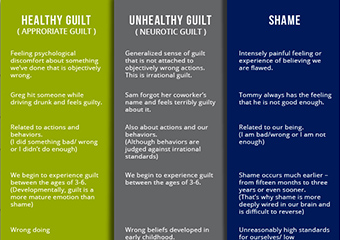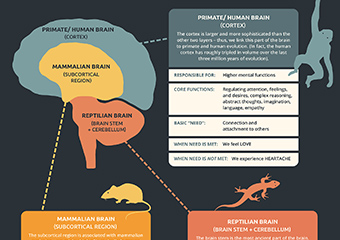What are the differences between guilt and shame? And how could it help our clients to have a better understanding of those differences? We thought it could be useful for you to have a side-by-side comparison of these powerful emotions that you could share with your clients. Because understanding these differences could help our clients […]
How to Help Clients Build Resilience after Trauma
How can we foster resilience in clients who have experienced trauma? A person’s response to trauma is often to lock away the parts that were wounded by their experience. But that can leave them feeling protective and fragile – and fearful about being triggered again. In the video below, Richard Schwartz, PhD shows how working […]
Two Simple Techniques That Can Help Trauma Patients Feel Safe
One of trauma’s most insidious effects is how radically and completely it can take away someone’s sense of safety. That’s why it’s crucial to create a safe space when working with patients who have experienced trauma. But that’s only part of the equation. According to Peter Levine, PhD, there’s a very important follow-up step – […]
A Quick and Simple Way to Think about the Brain [Infographic]
Could having a map of the brain help you in your work with clients? For example, just being able to show your clients what part of the brain controls emotion, or the nervous system, could open the door to helping them learn how to regulate these areas. So we created an infographic based on the […]
How Does Trauma Affect a Person’s Interaction with Their Child?
Trauma can change the brain . . . . . . but the person who experienced the trauma may not be the only one whose brain changes. In the video below, Ruth Lanius, MD, PhD describes what we’re discovering about the connections between a parent’s trauma and their child’s developing brain. Take a look – […]




